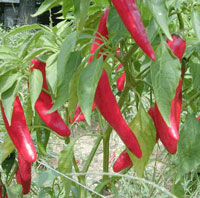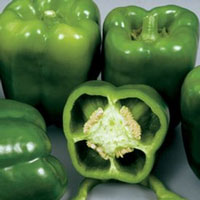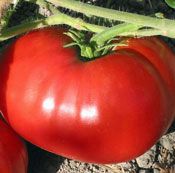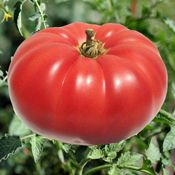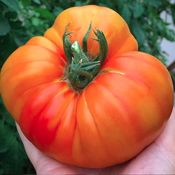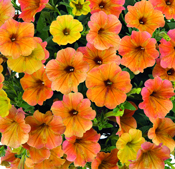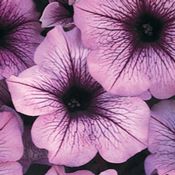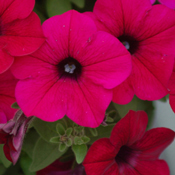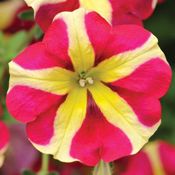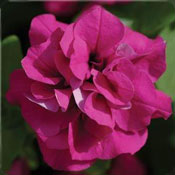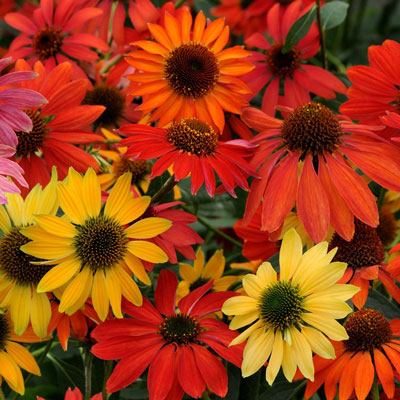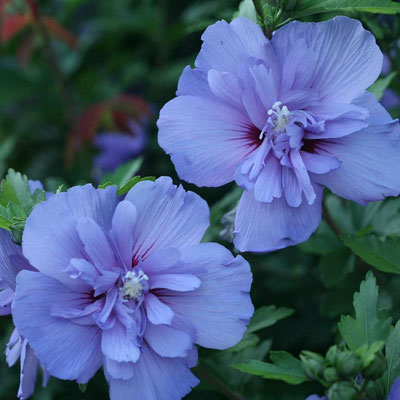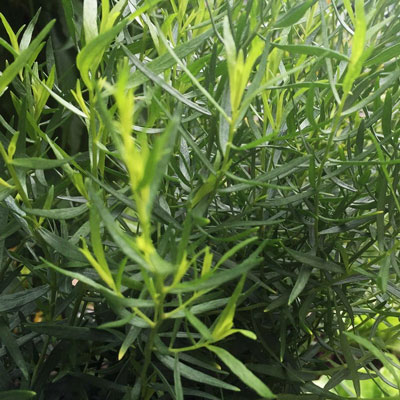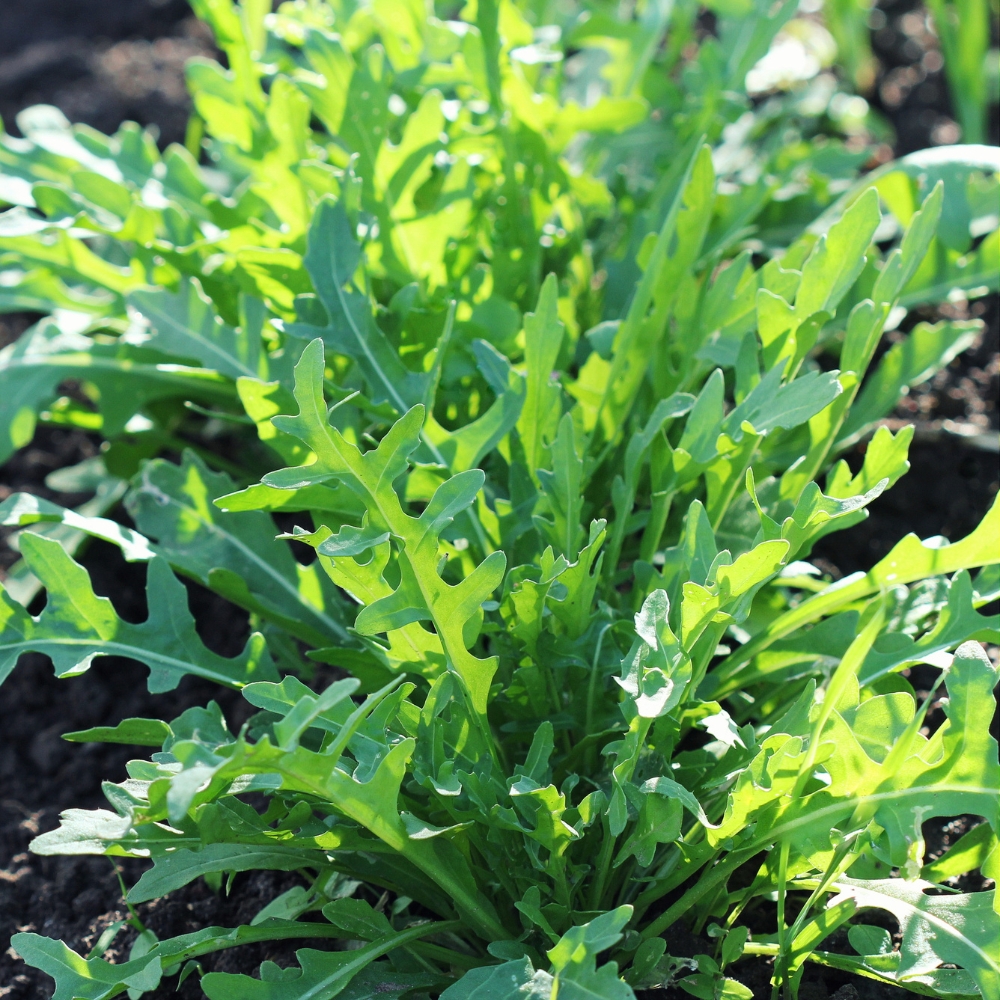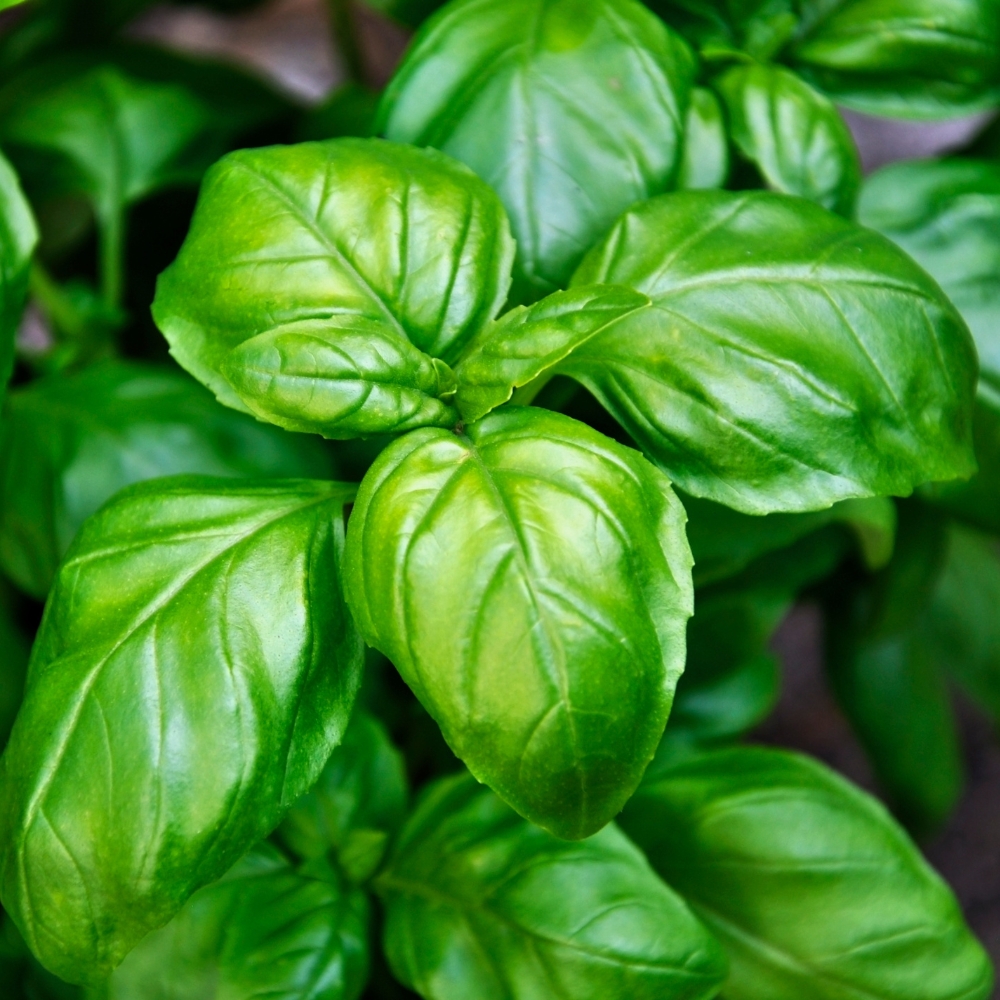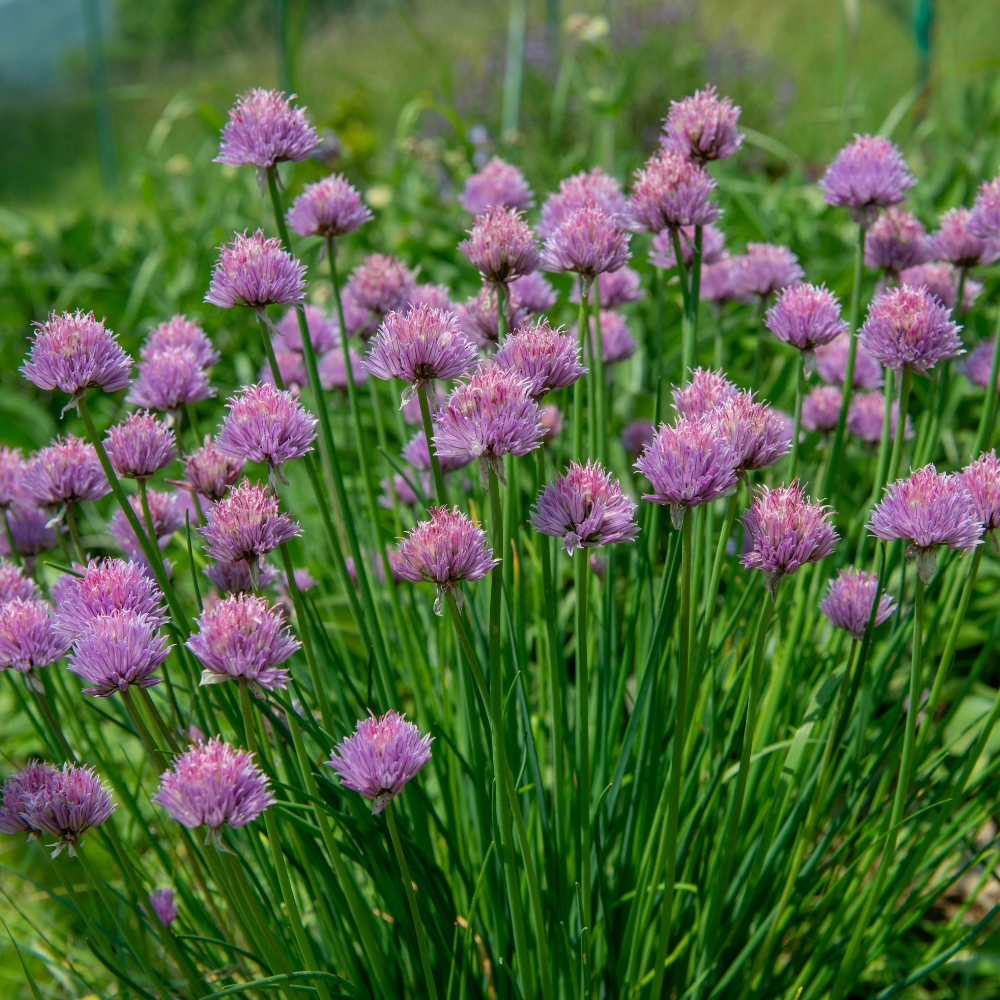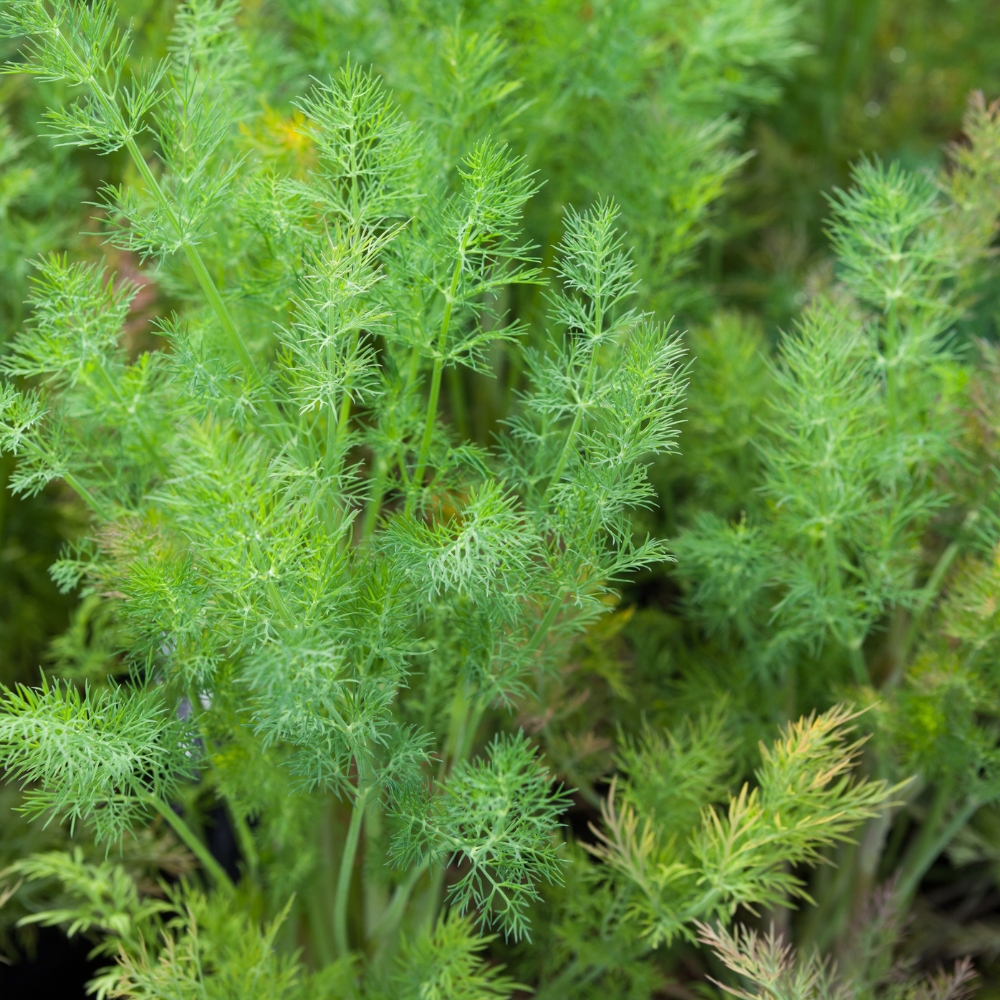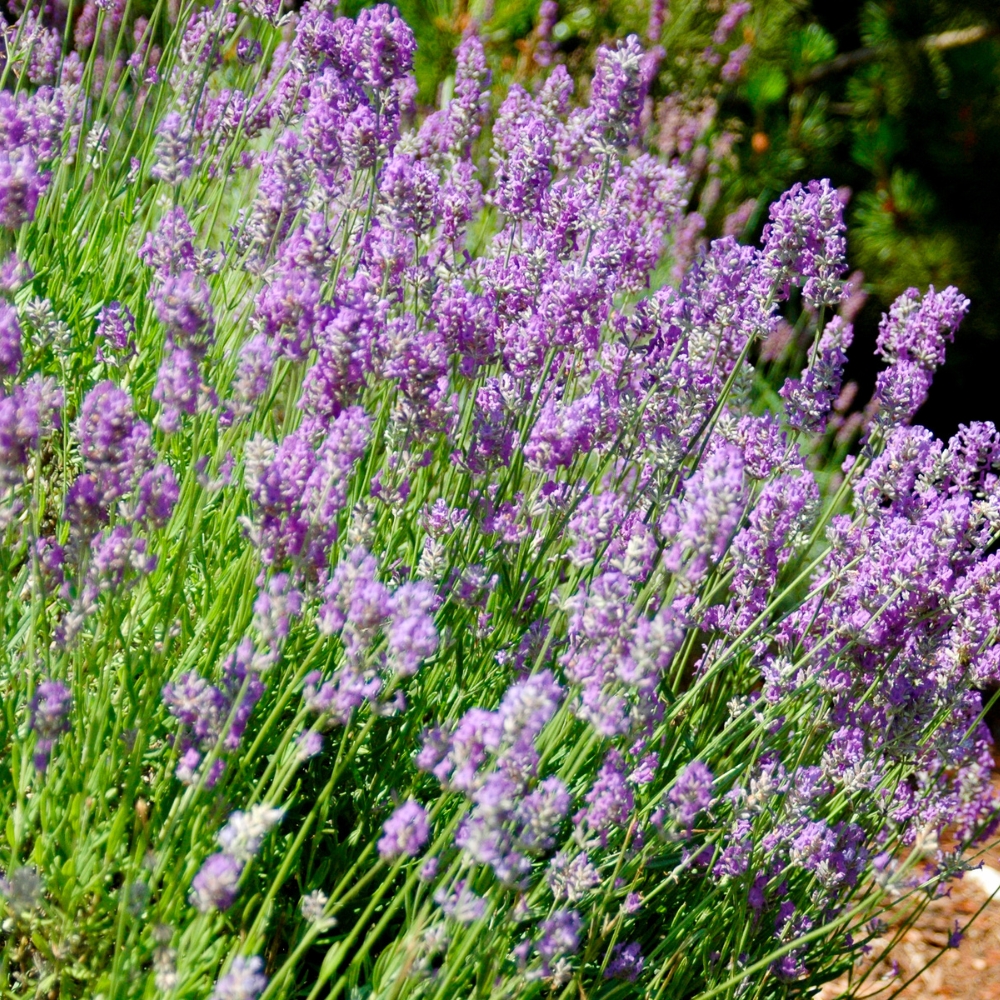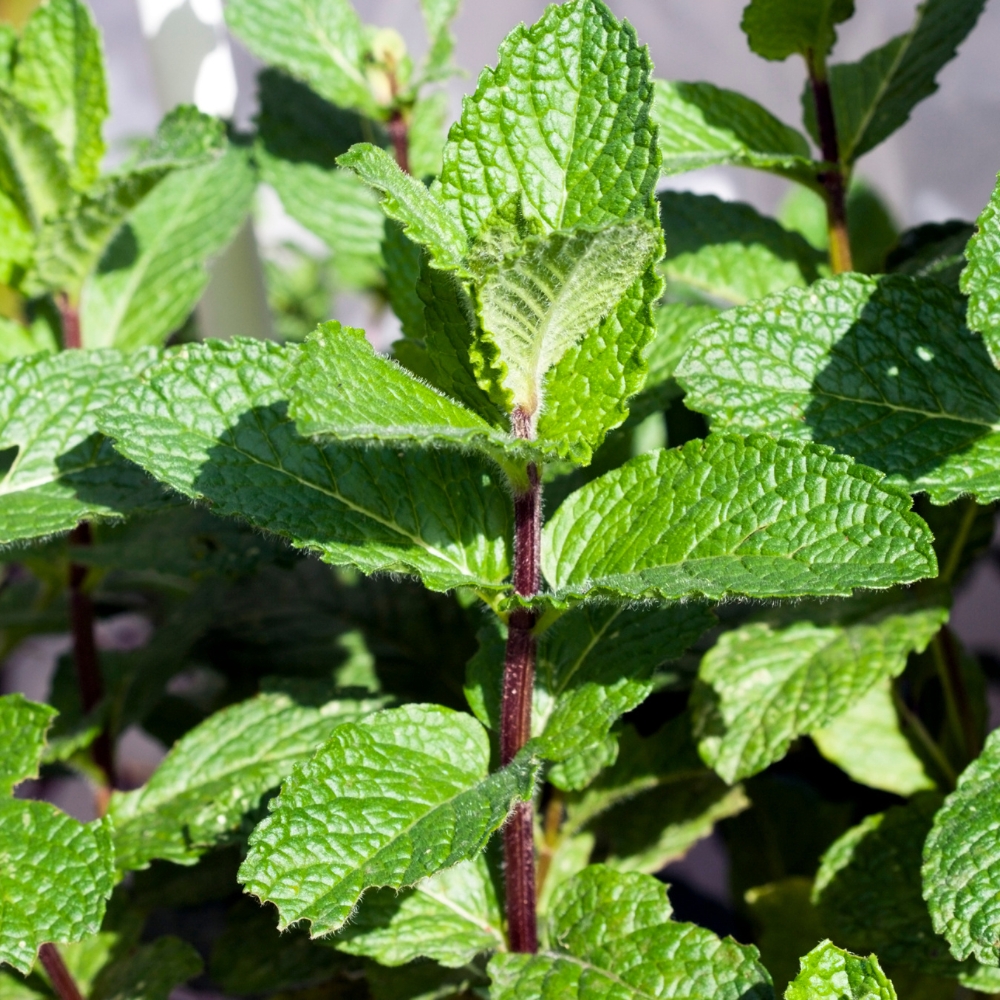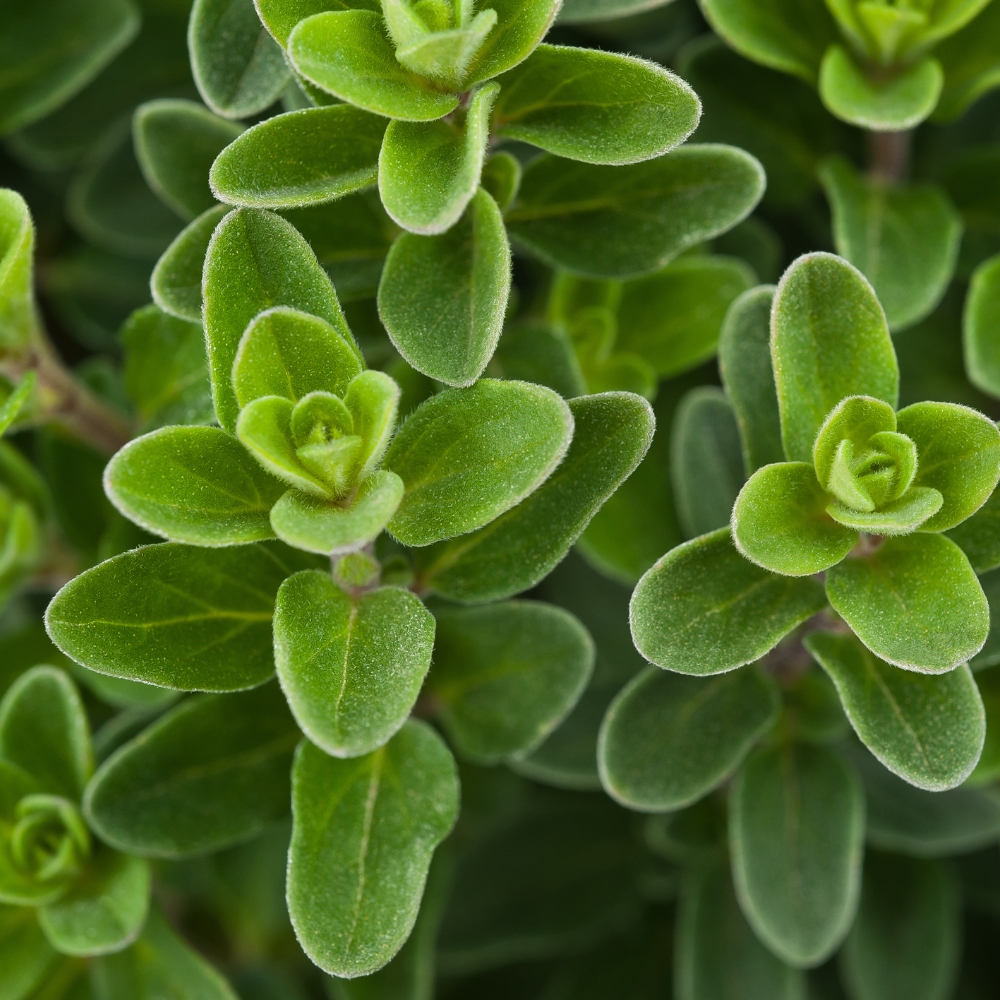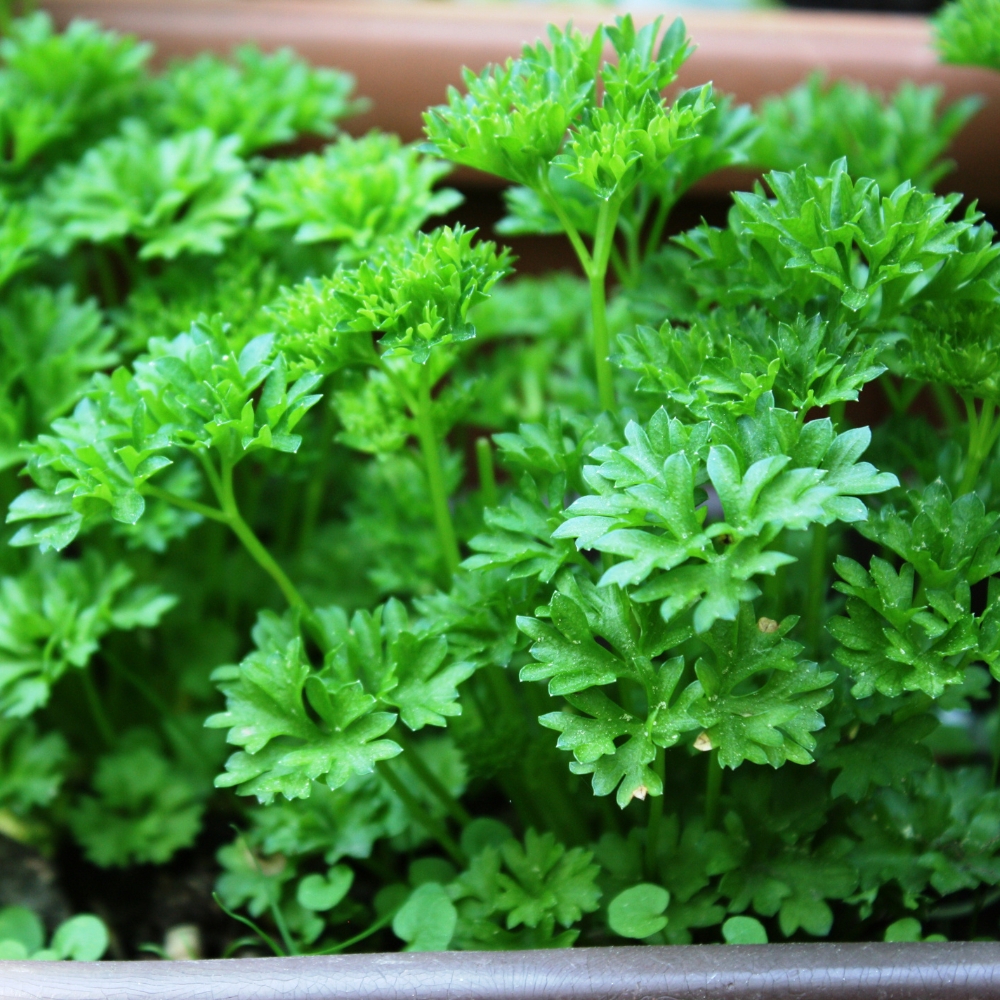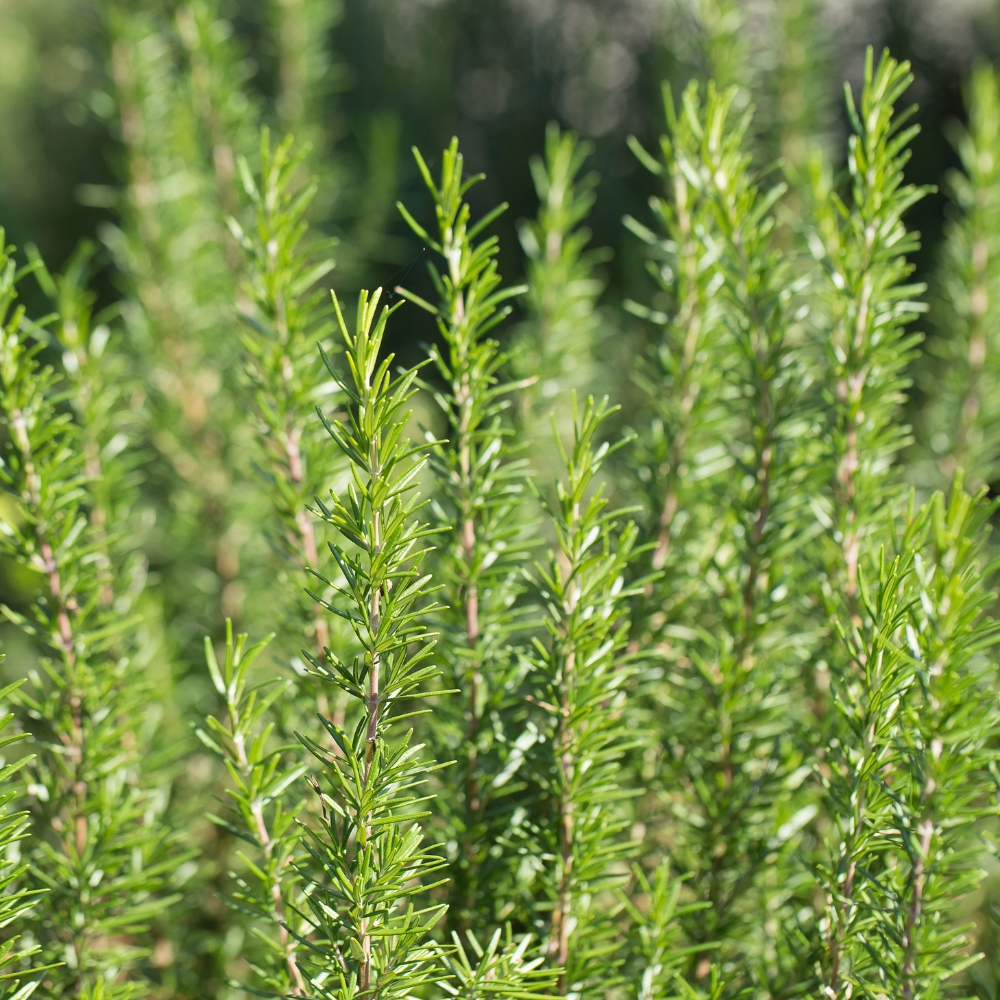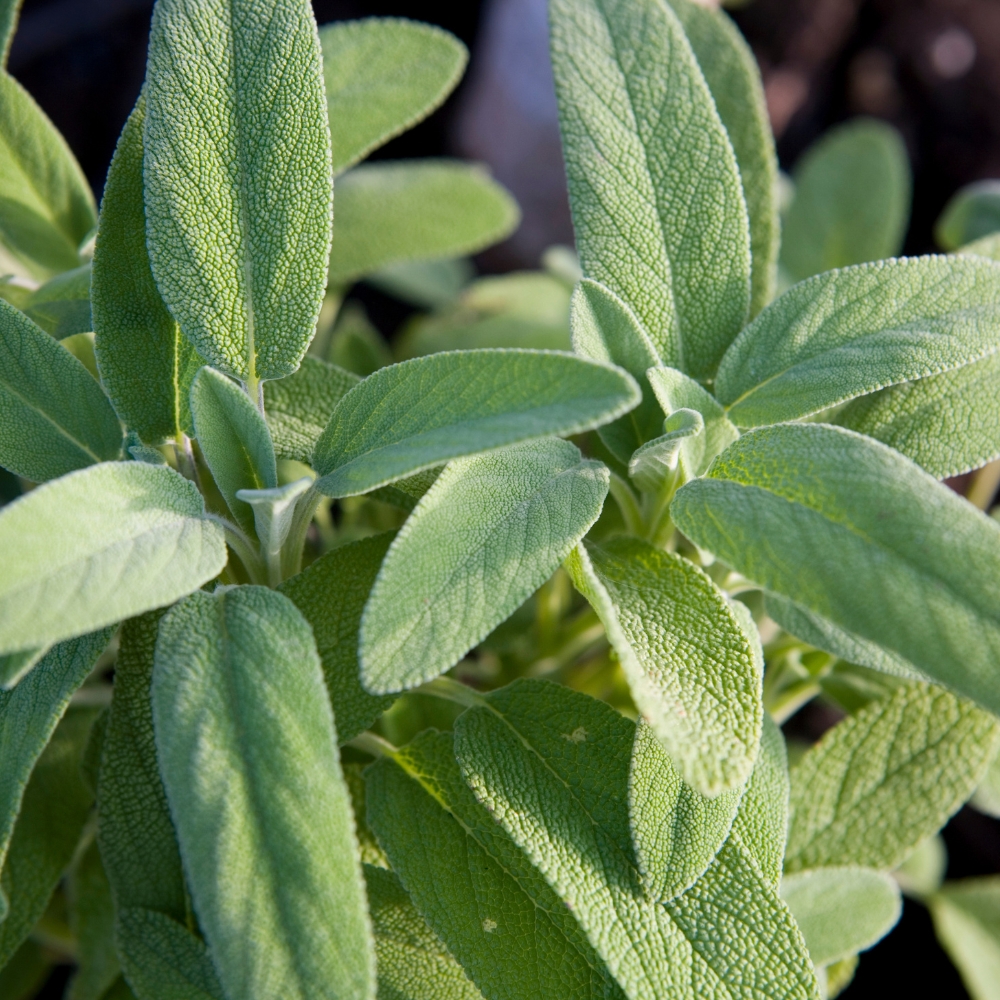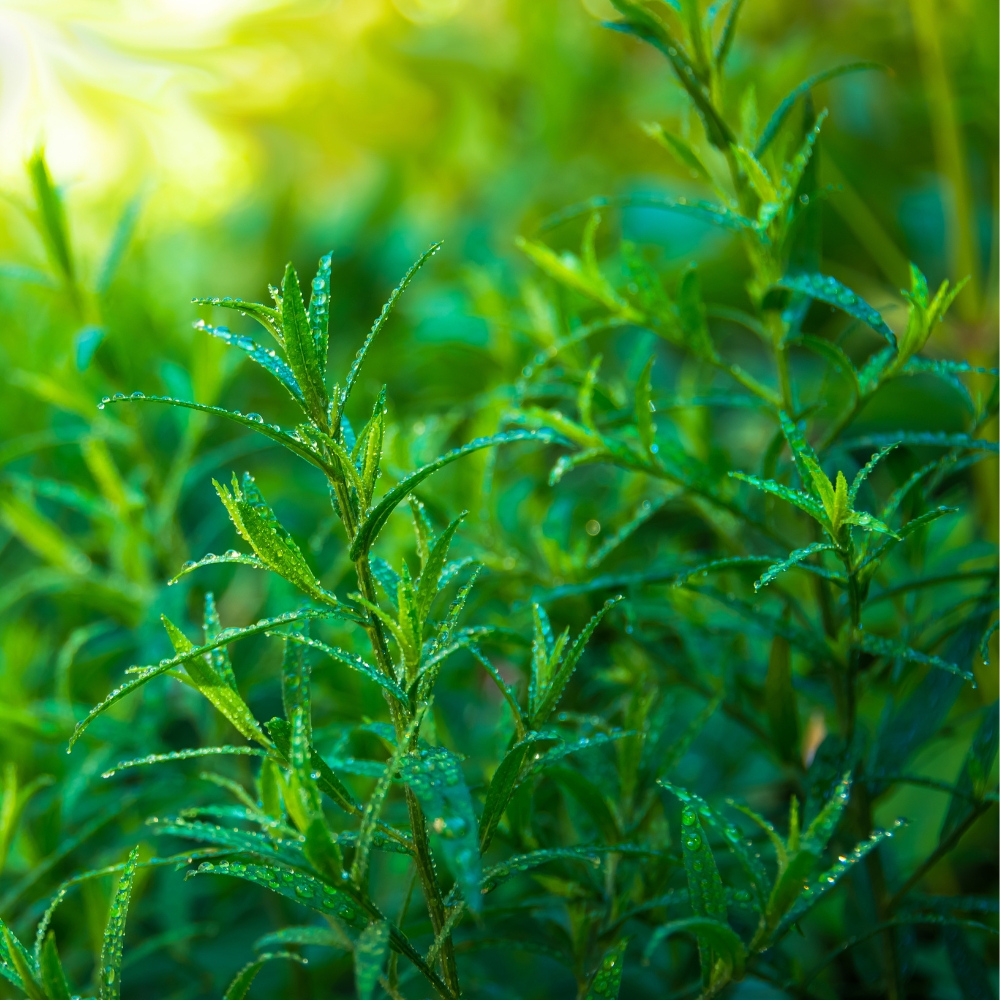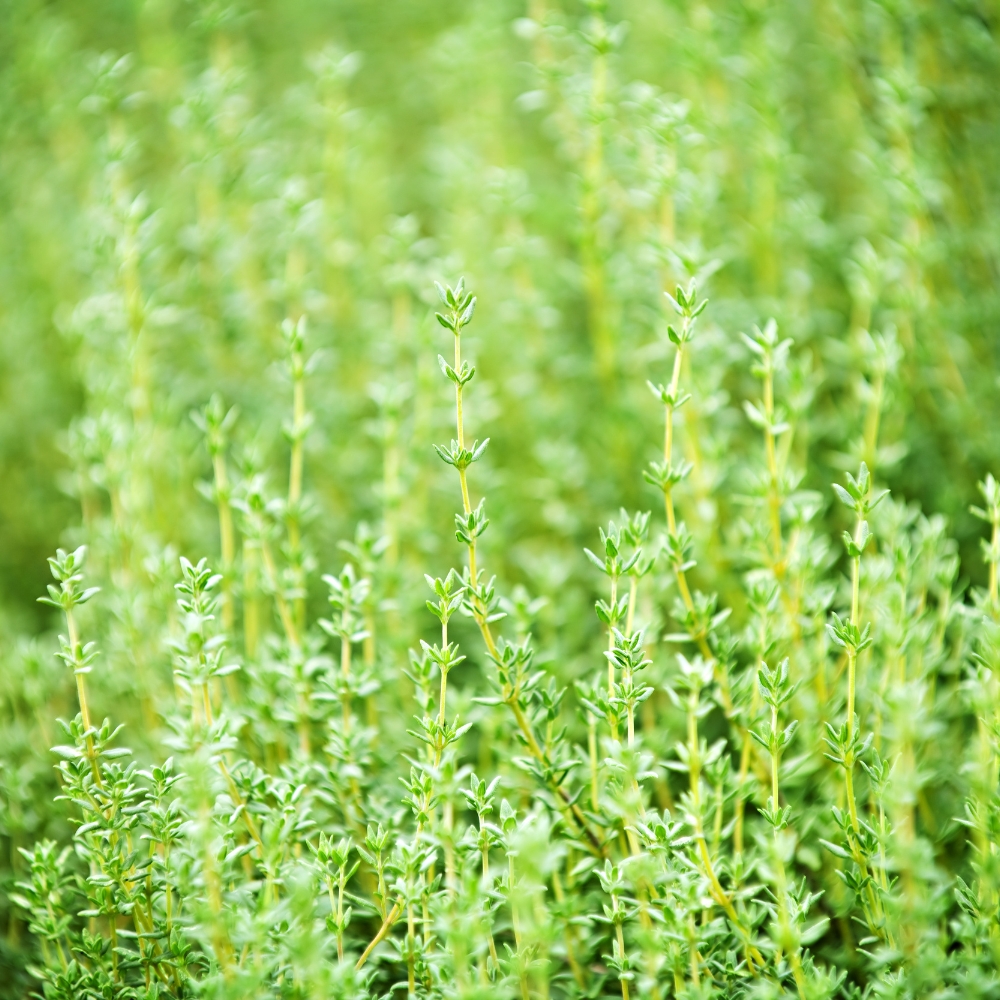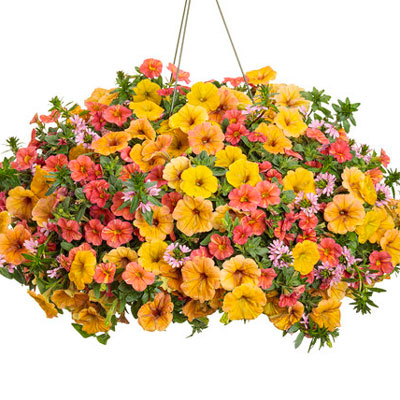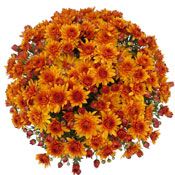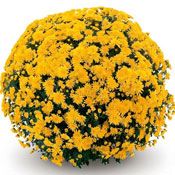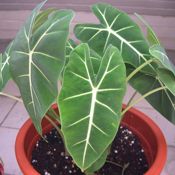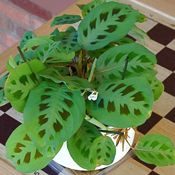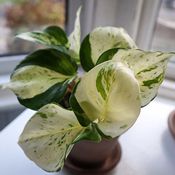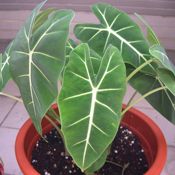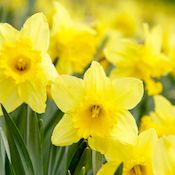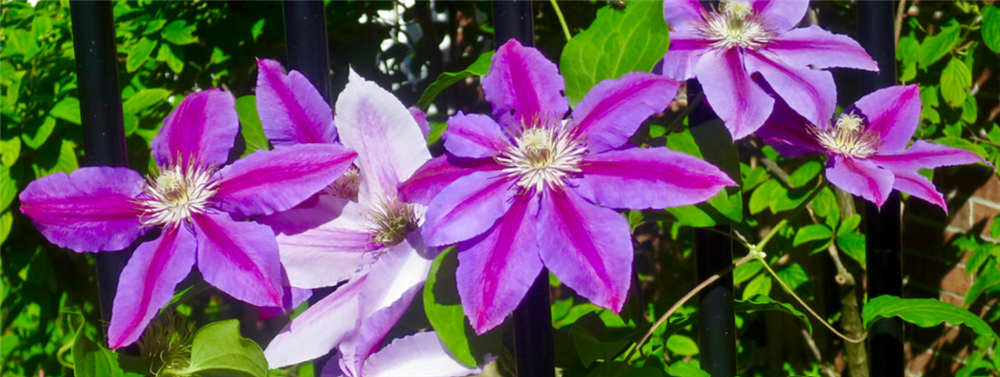
If you’re new to gardening and just planted a clematis—or found one climbing up a fence in your yard—you might be wondering how to keep it happy. Those gorgeous vines can seem tricky at first, especially when it comes to pruning. But here’s the secret: not all clematis are the same! They come in different types, and each one has its own pruning style based on when it flowers. Once you know which type you have, pruning is a breeze. Let’s start with the big picture, then break it down so you can get started without stress.
The Quick Overview: Three Types of Clematis
Clematis are split into three groups, and the key difference is when they bloom:
| Group | Bloom Time | Where They Bloom | Pruning Rule |
|---|---|---|---|
| Group 1 | Spring (April-May) | Old wood (last year’s growth) | Light pruning after flowers fade |
| Group 2 | Early summer (old wood) & late summer (new wood) | Both old & new wood | Moderate pruning late winter, light trim after first bloom |
| Group 3 | Late summer-fall (July-Sept) | New wood (this year’s growth) | Hard prune in late winter or early spring |
Why does this matter? Pruning at the wrong time could mean no flowers, but don’t worry—I’ll walk you through each one so you can figure out what’s growing in your garden and what to do next.
Why Pruning Matters
Think of pruning as a little spa treatment for your clematis—tidying up, boosting blooms, and keeping it happy. Done right, it helps:
-
Encourage stronger growth and more flowers
-
Prevent a tangled mess of dead stems
-
Keep your vine looking neat and healthy year after year
Now that you know there are three types, let’s dig into each group so you can match your clematis to the right pruning plan.
The Three Clematis Pruning Groups
Group 1: The Early Spring Show-offs
What They Do: These flower in spring (April to May) on old wood—the stems from last year.
Examples: Clematis montana (pink or white flower explosions), Clematis alpina, Clematis armandii.
Pruning for Newbies: Barely any pruning needed! After the blooms fade (late spring), snip off dead or broken bits. If it’s taking over, trim lightly to shape it, but don’t overdo it—too much pruning steals next year’s flowers.
When to Prune: Right after flowering, so it has summer to grow new stems.
Why It’s Easy: Less work, more watching it shine. Perfect for beginners!
Tip: If it’s mid-March (like today, March 15, 2025), hold off—prune these after their spring show.
Group 2: The Two-Time Bloomers
What They Do: These bloom twice—early summer on old wood, then late summer on new growth.
Examples: Big, bold beauties like Clematis ‘Nelly Moser’ (soft pink stunner), ‘The President’, or ‘Jackmanii’.
Pruning for Newbies: A bit more effort, but still simple. In late winter or early spring, cut stems back to 1-2 feet above ground, just above a pair of fat buds. Remove anything dead. After the first blooms, trim lightly to boost round two.
When to Prune: Main cut in February or March, light tidy-up after early summer flowers.
Why It’s Easy: You’re just keeping old and new growth in balance—no fancy skills needed.
Group 3: The Late Summer Stars
What They Do: These bloom from midsummer to fall (July to September) on new wood—growth from this year.
Examples: Clematis viticella, ‘Princess Diana’ (cool tubular blooms), or ‘Madame Julia Correvon’.
Pruning for Newbies: Super easy! In late winter or early spring (mid-March is spot-on), chop everything down to 6-12 inches above ground, just above healthy buds. Clear out dead stuff, and you’re set.
When to Prune: February or March, before new growth kicks in.
Why It’s Easy: Hard pruning = big blooms. You can’t go wrong!
Tip: Don’t be shy with the cuts—they’ll grow back stronger.
How to Get Started
Step 1: Spot Your Clematis Type
Unsure which group yours is? Check the plant tag, or watch it for a season.
-
Spring blooms? Group 1.
-
Double blooms? Group 2.
-
Late summer only? Group 3.
Still confused? Ask at a garden center or search online with a photo.
Step 2: Grab Your Tools
All you need:
-
Sharp pruning shears (clean with rubbing alcohol to prevent disease spread)
-
Gloves (some vines can be a little scratchy)
Step 3: Time It Right
-
Mid-March (like today)? Great for Groups 2 and 3.
-
Group 1 waits until after its spring show.
Step 4: Relax
Mistakes won’t kill your plant—it might just skip a bloom. Gardening’s all about learning as you go!
Final Thoughts
See? Clematis pruning isn’t so scary once you know there are three types with simple rules. Start by figuring out which one you’ve got, make a few snips at the right time, and watch those flowers pop. You’re already on your way to being a clematis champ!
Happy gardening, and enjoy your new green adventure!
















































































